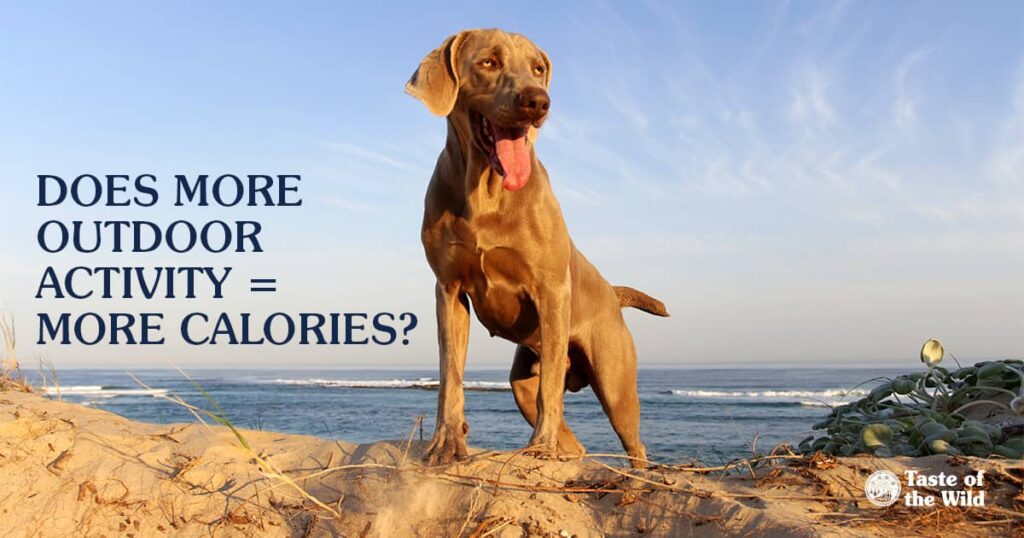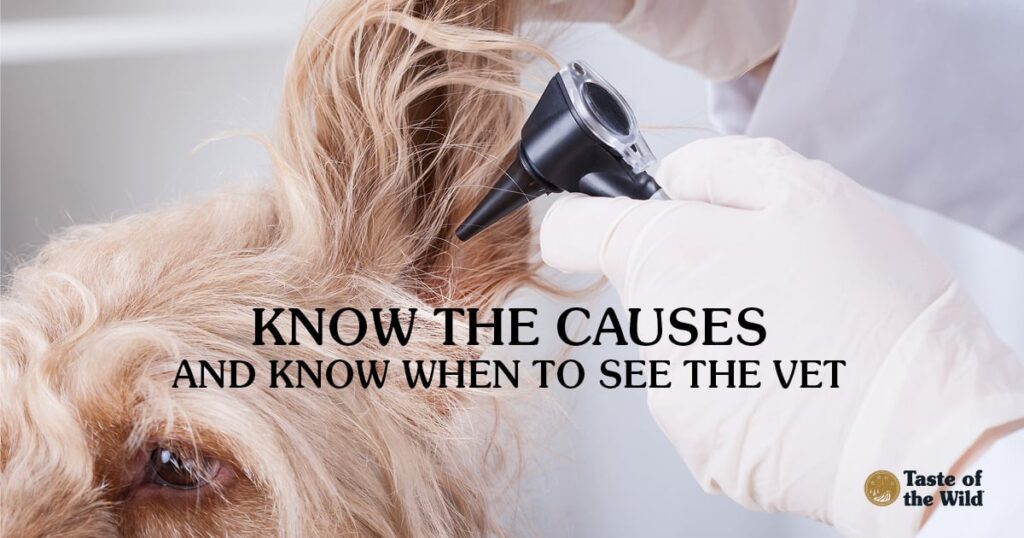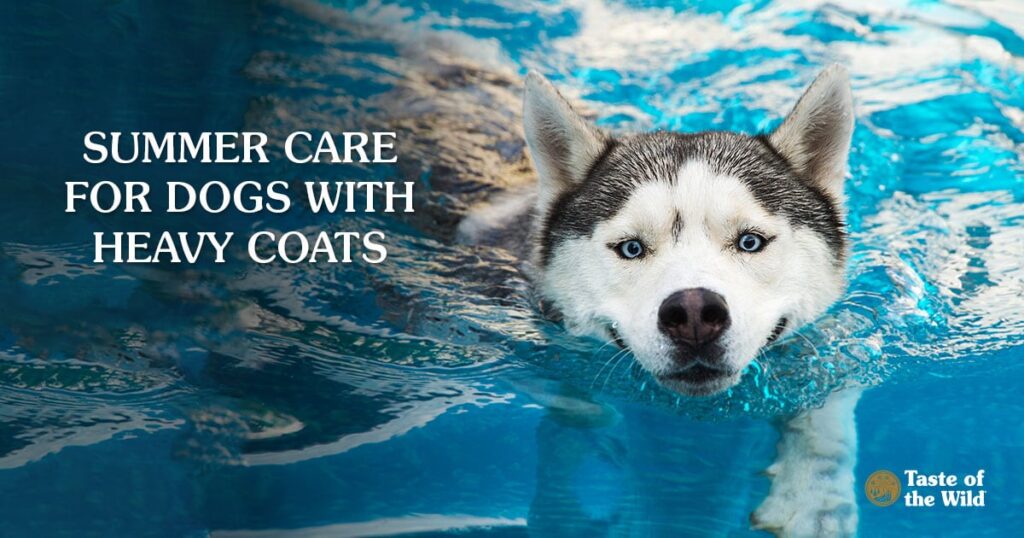
Dogs in the summer. Is there a better combination of our favorite things? Dogs in the summer just seem to go hand-in-paw with fond memories. Whether they’re galloping on a beach, lazing in the sun or leaving a trail of drool from the water dish to the shade of your hammock, dogs in the summer are our happy place.
But that summer sun is no joke for our best pals. Our four-legged friends wear fur coats all year round, so extra precautions should be taken for dogs in the summer sun. That’s why we’ve put together this Taste of the Wild Guide to Summer Dog Safety. Read on for all sorts of hot weather safety tips for you and your dog, from diet issues to “how hot is too hot for walking the dog?”
Hot Weather Safety Tips for Dogs
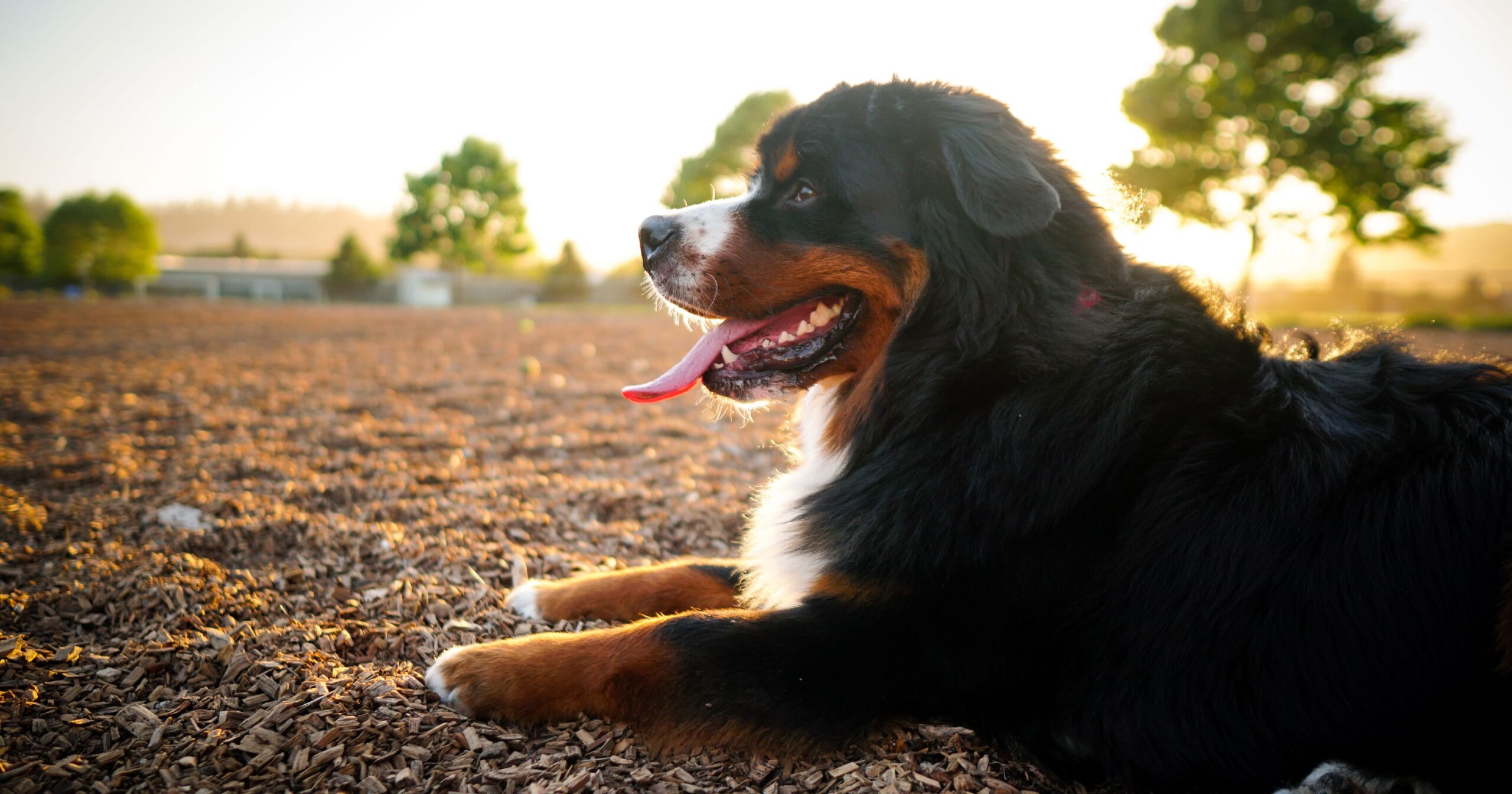
How does hot weather affect dogs? In a number of ways. Most of them are good, too! More exercise, more outdoor time, more sunny spots to sleep in. But the sun and your dog don’t always mix; hot weather affect dogs negatively as well. Car rides with your dog become more short-term affairs, unless that A/C is ice-cold. Walkies might need to be taken in the mornings and evenings, after the sun has turned in for the day, especially if asphalt or other heat-absorbing surfaces are involved. And when the temperatures race toward triple digits, there’s no such thing as “too much water.”
But how do you tell when “just right” has veered into “too hot” territory? Here are some signs that your dog is too hot, and what you can do to avoid getting there in the first place.
READ MORE HOT WEATHER SAFETY TIPS FOR DOGS
For Many Dogs, Summer Is Ear-Infection Season
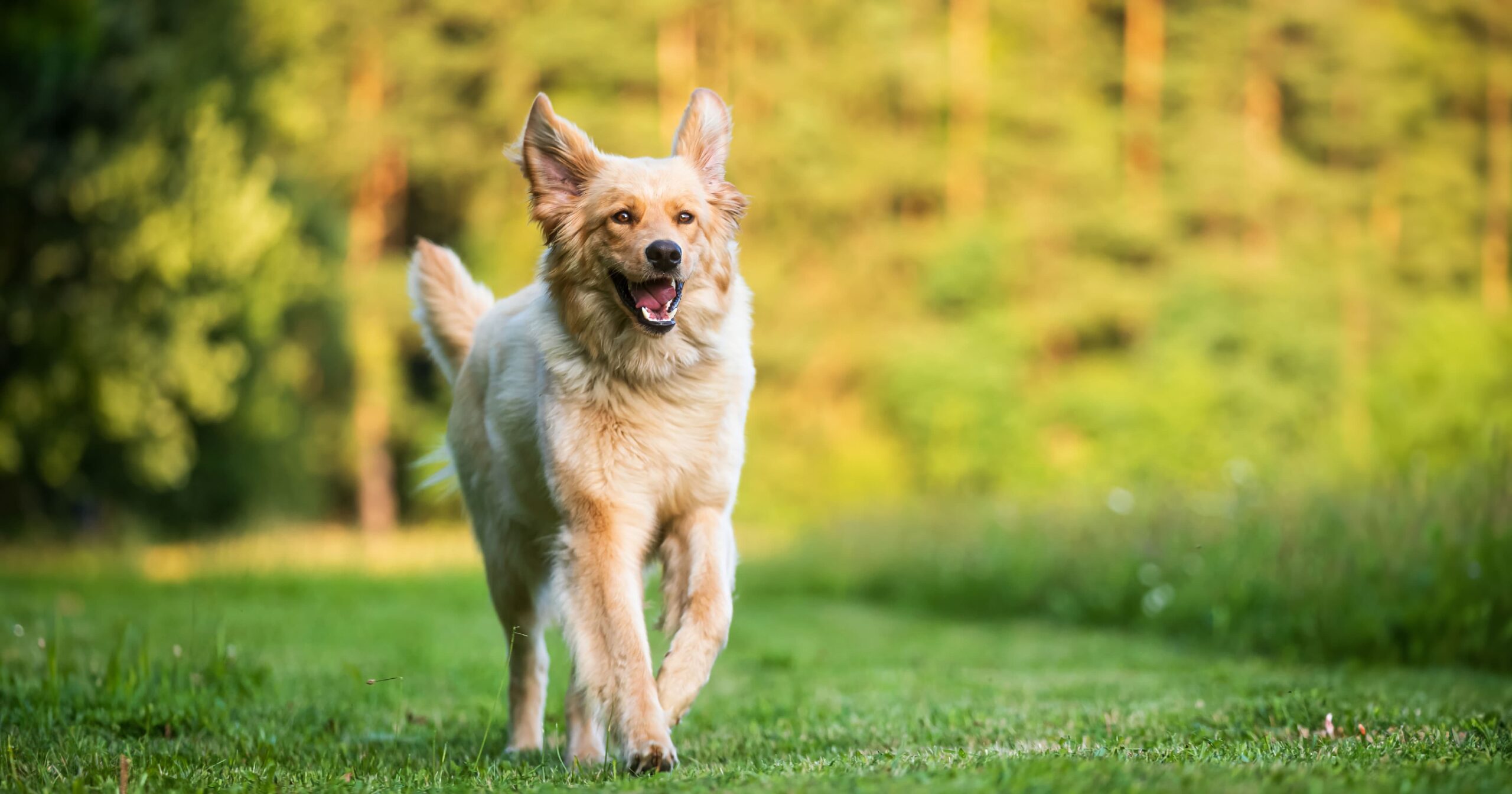
Ear infections aren’t the first things that come to mind when we think about summer. But contrary to somewhat popular belief, ear infections aren’t always seasonal. And when you have large, furry or floppy ears, any season can be prime ear infection season.
A dog’s ear infections are often caused by environmental allergies. Warm air allows, pollen, mold spores and other allergens to explode in population and swim around on the wind, causing allergies to flare up. These allergies can inflame the skin that lines the ear canal, opening the door for secondary bacterial and fungal infections.
If your dog is an avid swimmer, excess water in the ear canal can create a dark, moist environment where yeast and bacteria thrive. (Food allergies can cause ear infections, too, but in these cases, the infections tend to occur all year long rather than seasonally.)
So how do you prevent ear infections in dogs this summer? And if prevention doesn’t work, what is the best ear infection treatment for dogs? Flap your ears and listen to our advice!
READ MORE ABOUT DOG EAR INFECTION AND TREATMENTS
Should My Pet’s Diet Change for Summer?
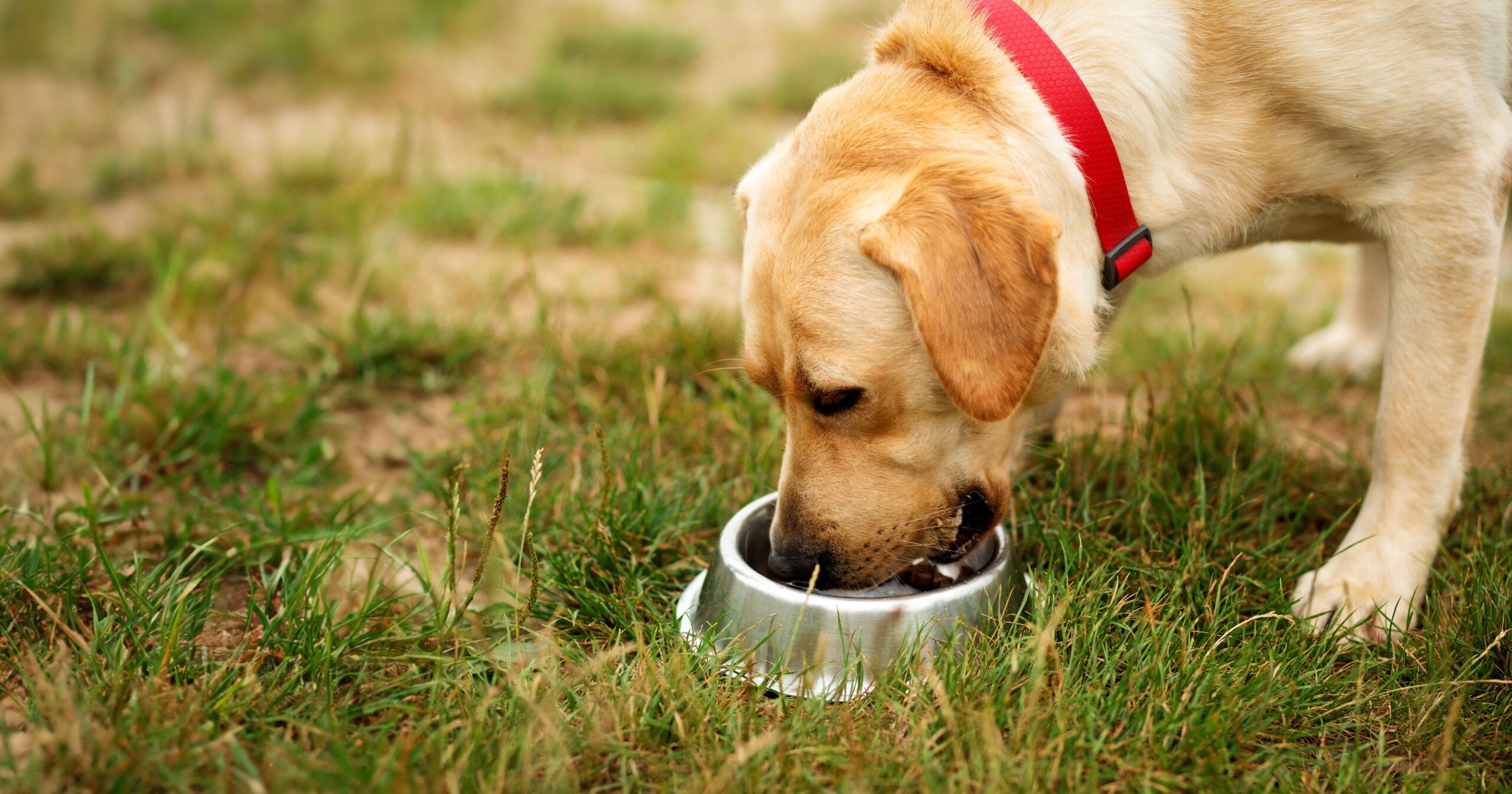
Many dogs seem to lean out when the weather gets warmer. More activity and less lazing around can naturally lead to weight loss. There’s just so much running and hiking and swimming to do! But does a change in season mean a change in diet for your dog?
It’s a good question: What should you feed your dog in the hot weather months? Do active dogs need more calories? Should couch potatoes get the same amount as always? Is a drastic change in your dog’s diet necessary when summer hits? Don’t sweat it, because we have some answers for you!
READ MORE ABOUT WHAT TO FEED DOGS IN HOT WEATHER
Summer Care for Dogs with Heavy Coats

A husky is clearly a dog suited for colder weather. But have you ever considered how other breeds with heavy coats fare in the summer sun? Think of that golden retriever who loves to soak in the kiddie pool. It’s not just our classic winter dogs who might need different care in the summer.
But what can you do to keep dogs cool in the summer? Is a shave in the cards for our fluffier friends? And for dogs who seem to leave a second dog behind every time they shake, how do you keep shedding under control? Here are a few tips about how to keep dogs cool in the summer, from grooming tips to best practices for outdoor fun in the sun.
READ MORE ABOUT HOW TO KEEP DOGS COOL IN THE SUMMER
How to Protect Dog Paws from Hot Pavement
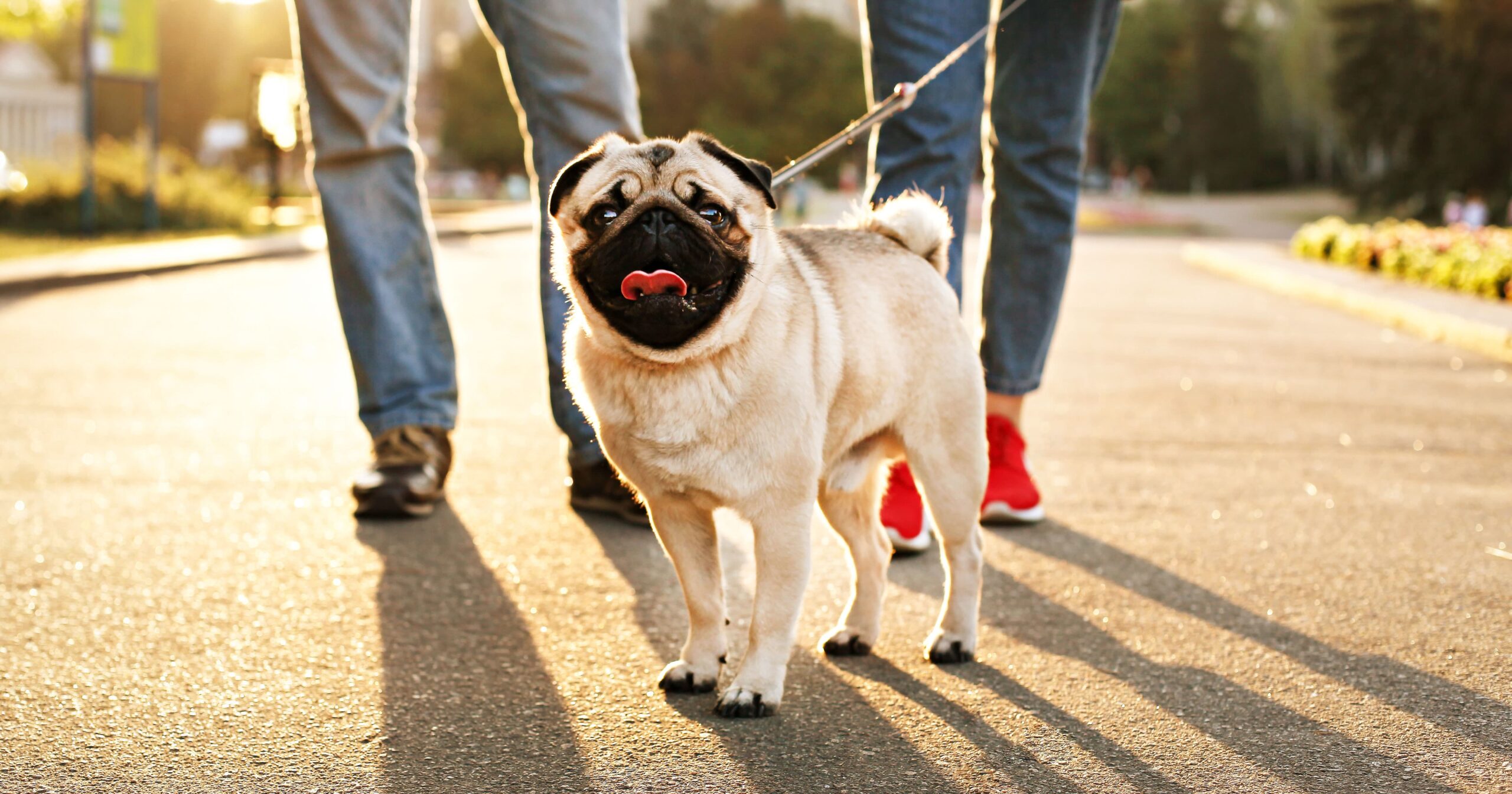
Your dog’s favorite thing about summer? More walkies! It feels great to get out multiple times a day with your best pal, walking the neighborhood or hiking the trails. But a hot topic you should think about all summer long is “How hot is too hot for your dog?” We’re specifically talking about your dog’s feet, because hot pavement can be dangerous for paw pads.
Walking your dog in the summer heat can be pleasurable for both of you, especially with plentiful shade and water. But even as the sun drops below the horizon, that pavement can hold a LOT of heat. You’re probably wearing shoes or sandals, but your dog’s paws are exposed, and a lot more sensitive than you might think.
READ MORE ABOUT PROTECTING DOG PAWS FROM HOT PAVEMENT
Keep It Fun and Safe for Your Dogs in Summer
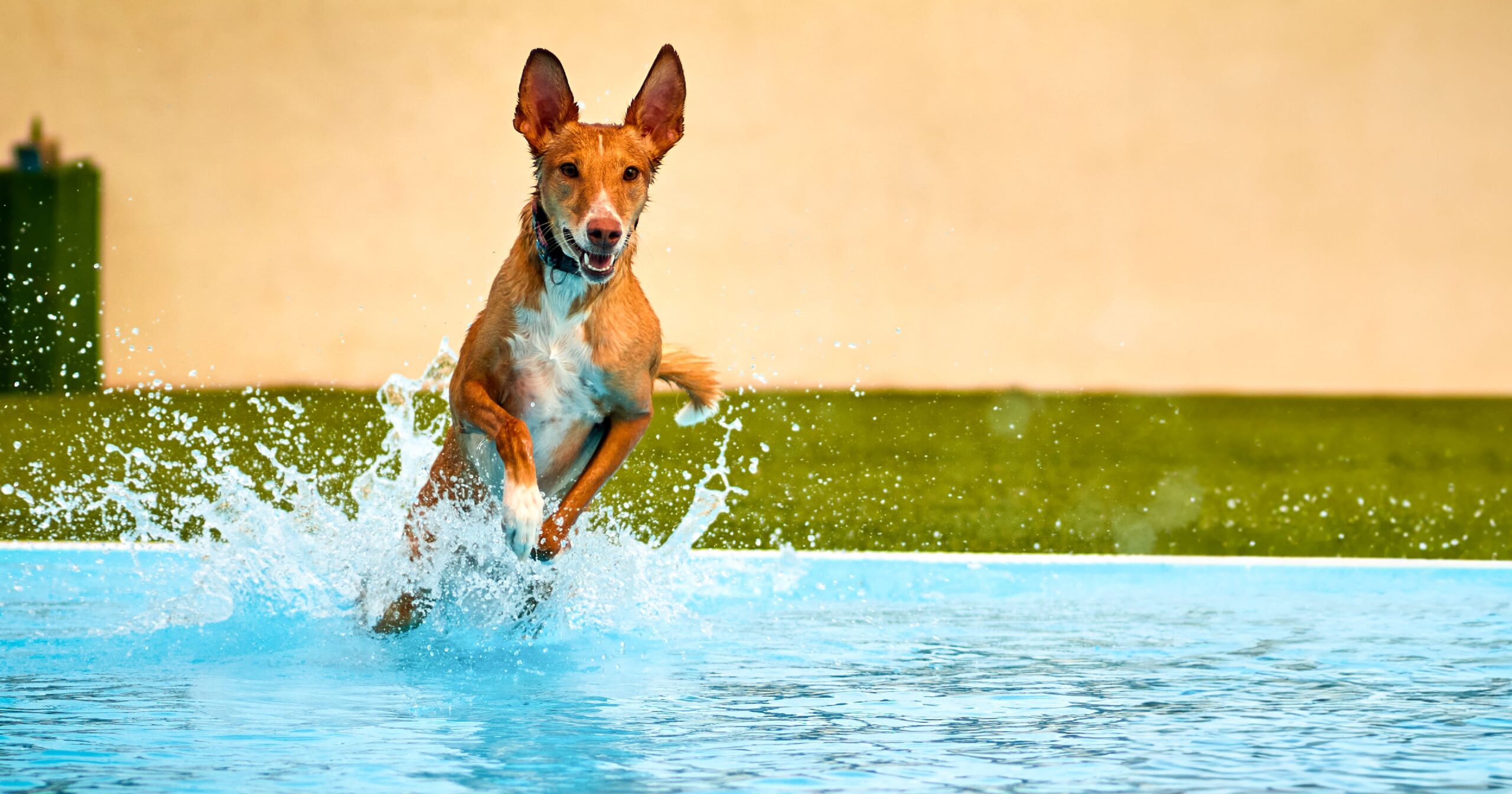
Summer is a fun time for dogs. The kids are out of school, the days are a lot longer (which means that the walks should be a lot longer, too!), and the options for fun in the sun are nearly unlimited. With just a little care and change in behavior for you and your dog, you can make sure that dogs in summer stay safe and, most importantly, stay happy.


